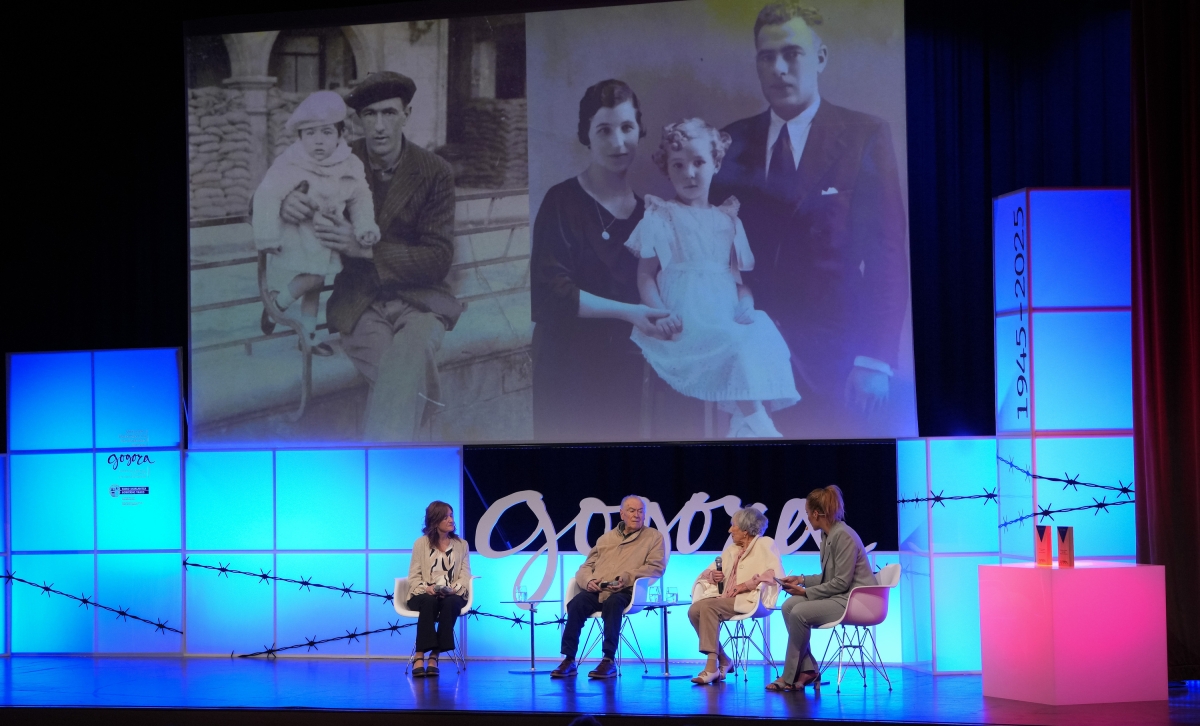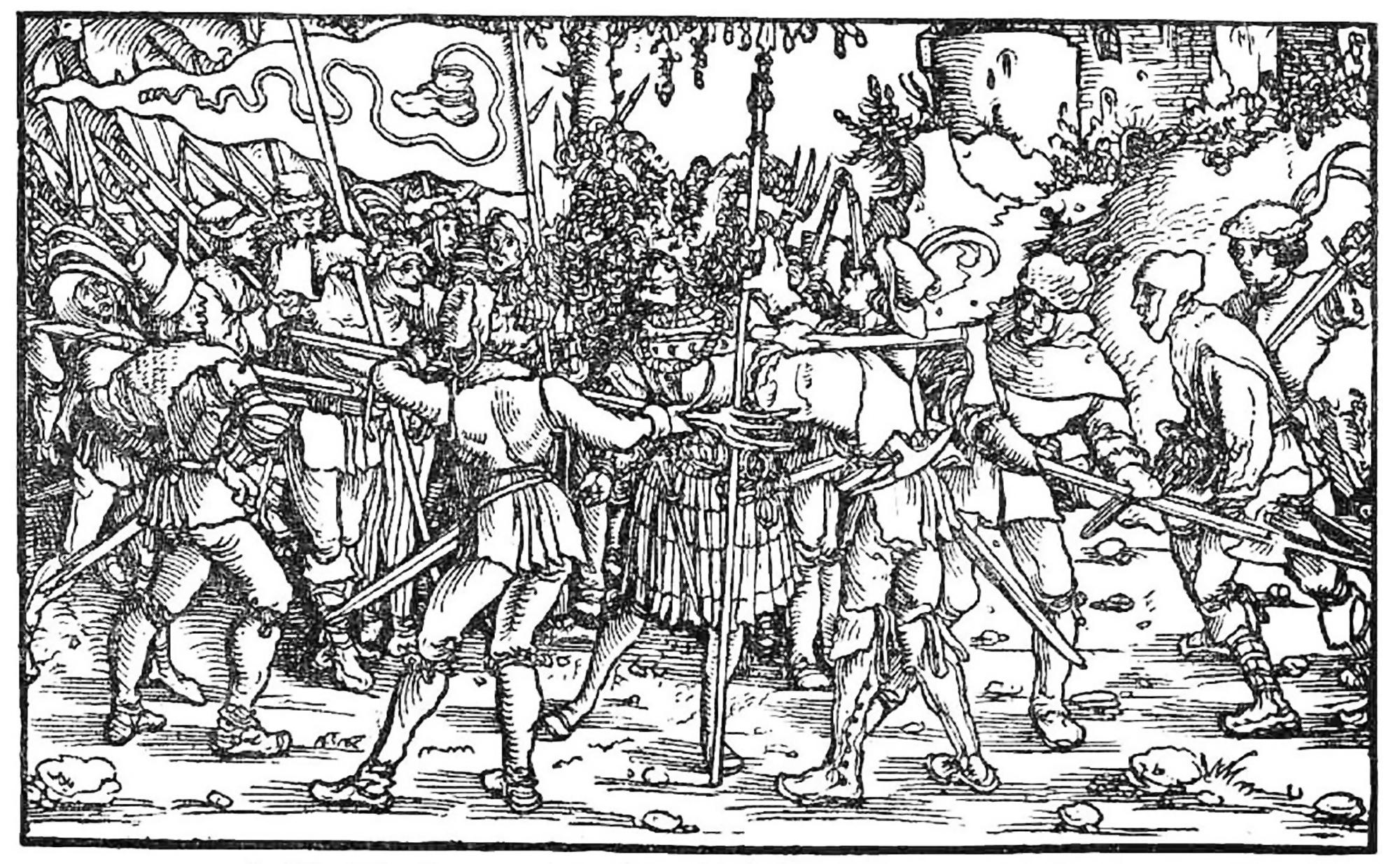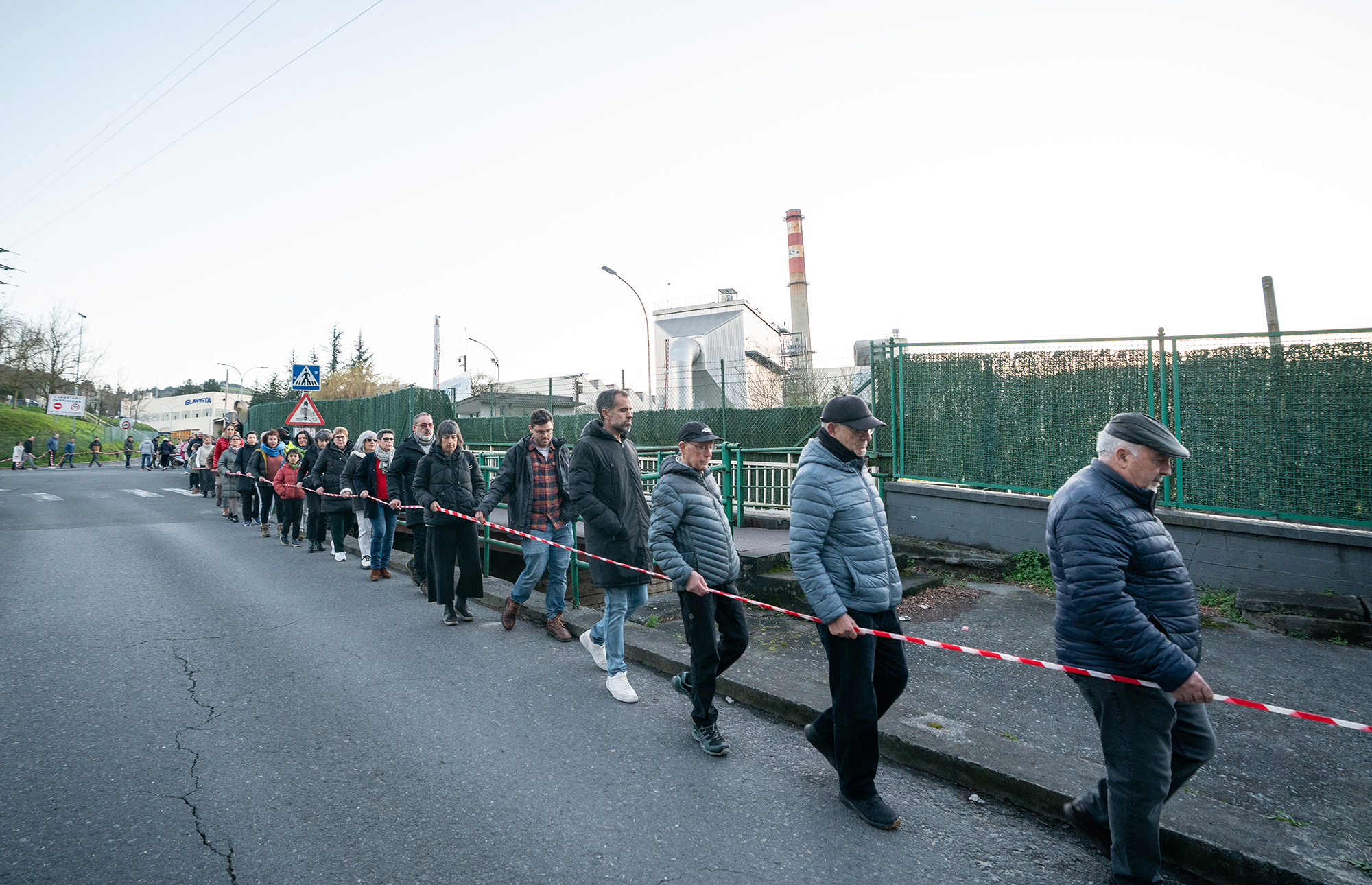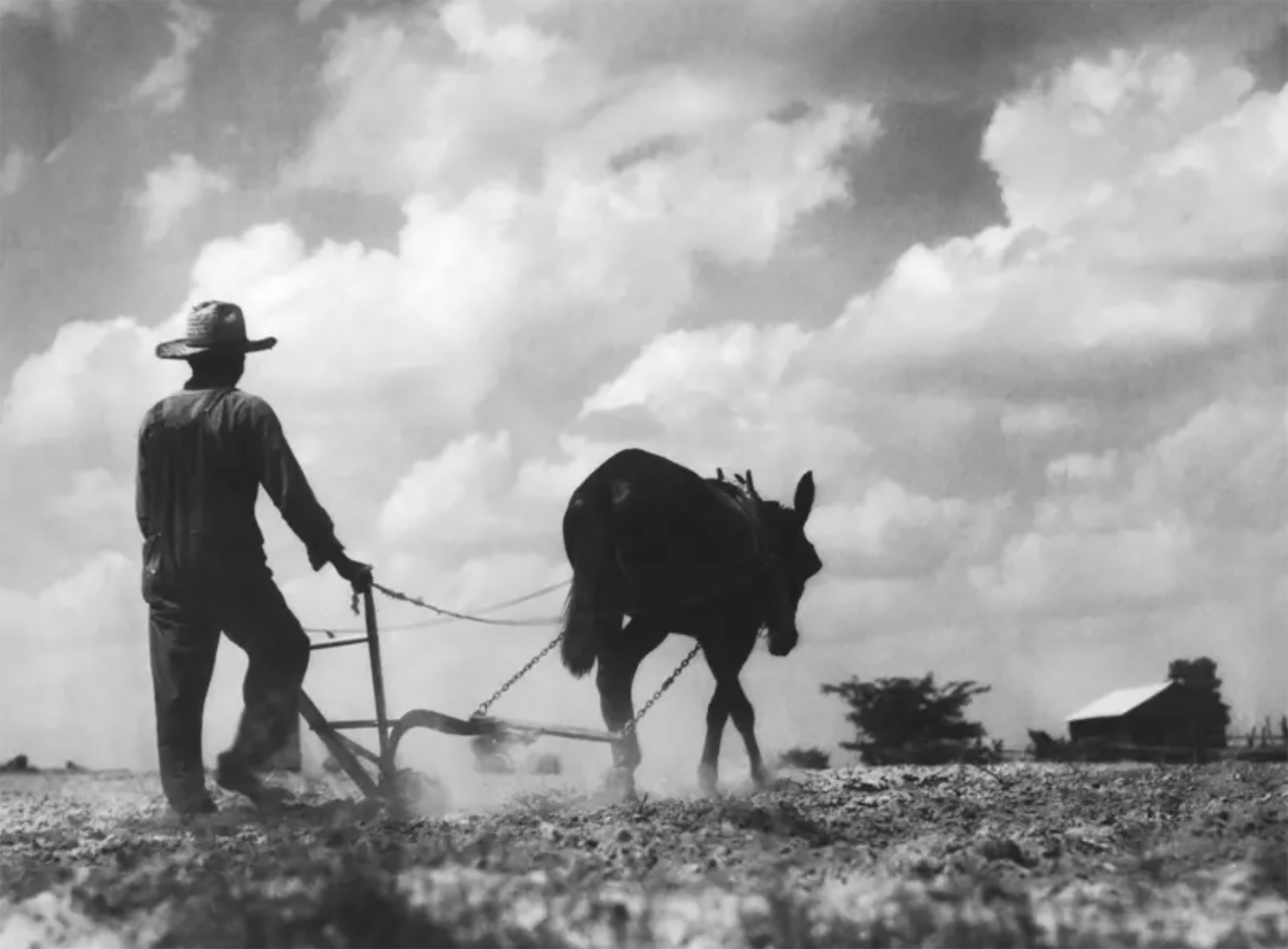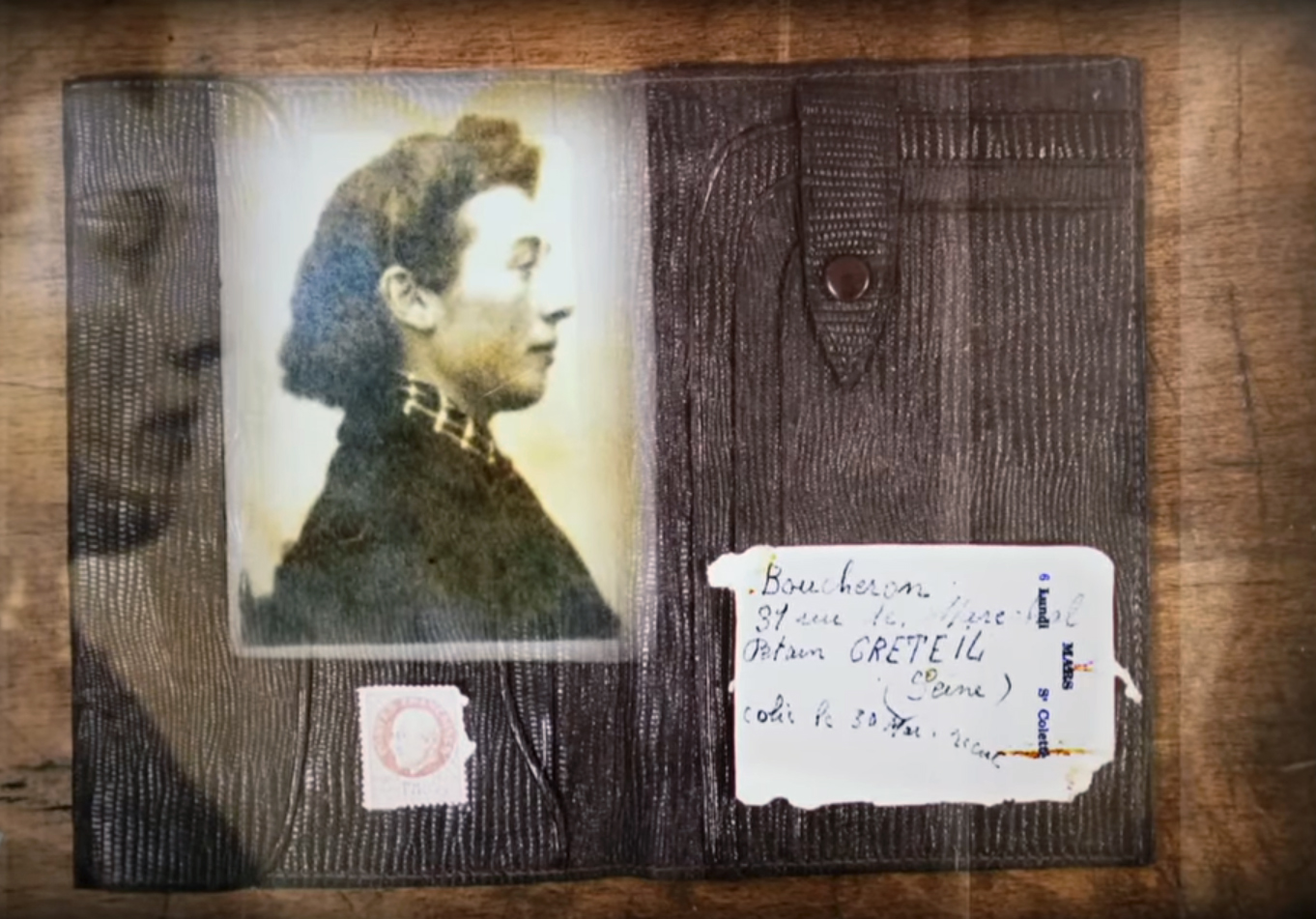Original and authentic knife

Switzerland, 1880. The army decided that soldiers should be a practical and portable pocket instrument. The instrument was going to have a knife and an opener. In addition, Swiss soldiers used Schmidt–Rubin rifles and a screwdriver was needed for their assembly. Thus, he made a commission for the manufacture of a three-function folding knife, but since in Switzerland there were no companies dedicated to this type of production, they began to manufacture knives in Germany. The name of Modell 1890 came to the hands of 15,000 soldiers in October 1891.
Karl Elsener (1860-1918), inventor of a company dedicated to the manufacture of surgical equipment, decided to bring the foreign military instrument, which appeared to be an insult to the homeland zitzaion.Gailua, to produce at home, and invented a knife similar to that of Germany. When tested by several members of the Army, the response was not bad, but upon being the subject of some complaints, he tried to improve the product. He invented a novel dock system that is still being used and that allows the tools to be placed on both sides of the knife.
Because of this, he found the key to success: he took out the cork. It was as important, apparently, as opening the food boats, being able to open the bottles. Elsener obtained a contract for the production of the Army knife, which has not yet been recovered.
In 1909 the company adopted the name Victorinox. That year Elsener's mother died and wanted to give her name: Victoria. He added to the name “inox” because the knife was made of stainless steel.
The competition came to Victorino before his new name. In 1893 the company Paul Boéchat & Cie, which would later be Wenger, started producing a similar product. In 1908, in order to avoid favoritisms and in the hope of lowering prices, the Army divided the contract into two parts and gave each one half of the orders. Victorinox would then be “the original knife of the Swiss army” and Wenger “the real knife of the Swiss army”.
In 2005, Victorinox purchased Wenger, but announced that it would retain the two brands. However, in 2013 he announced that they would stop producing Wenger knives, ending the historical neutrality of the Swiss knife.
In the Chinese province of Shanxi, in a tomb of the Tang dynasty, paintings depicting scenes from the daily lives of the dead are found. In one of these scenes a blonde man appears. Looking at the color of the hair and the facial expression, archaeologists who have studied the... [+]
Carthage, from B.C. Around the 814. The Phoenicians founded a colony and the dominant civilization in the eastern Mediterranean spread to the west. Two and a half centuries later, with the decline of the Phoenician metropolis of Tyre, Carthage became independent and its... [+]
Salvador Puig Antich frankismoaren kontrako militantea izan zen. Askapen Mugimendu Iberikoko kidea, 1973ko irailaren 25ean atxilotu zuten. Gerra-kontseilua egin zioten, eta garrotez exekutatu zuten handik sei hilabetera, 1974ko martxoaren 2an. Aurtengo otsailean baliogabetu du... [+]
Rudolf Botha hizkuntzalari hegoafrikarrak hipotesi bat bota berri du Homo erectus-i buruz: espezieak ahozko komunikazio moduren bat garatu zuen duela milioi bat urte baino gehiago. Homo sapiens-a da, dakigunez, hitz egiteko gai den espezie bakarra eta, beraz, hortik... [+]
Böblingen, Holy Roman Empire, 12 May 1525. Georg Truchsess von Waldburg overthrew the Württemberg insurgent peasants. Three days later, on 15 May, Philip of Hesse and the Duke of Saxony joined forces to crush the Thuringian rebels in Frankenhausen, killing some 5,000 peasants... [+]
During the renovation of a sports field in the Simmering district of Vienna, a mass grave with 150 bodies was discovered in October 2024. They conclude that they were Roman legionnaires and A.D. They died around 100 years ago. Or rather, they were killed.
The bodies were buried... [+]
Washington, D.C., June 17, 1930. The U.S. Congress passed the Tariff Act. It is also known as the Smoot-Hawley Act because it was promoted by Senator Reed Smoot and Representative Willis Hawley.
The law raised import tax limits for about 900 products by 40% to 60% in order to... [+]














